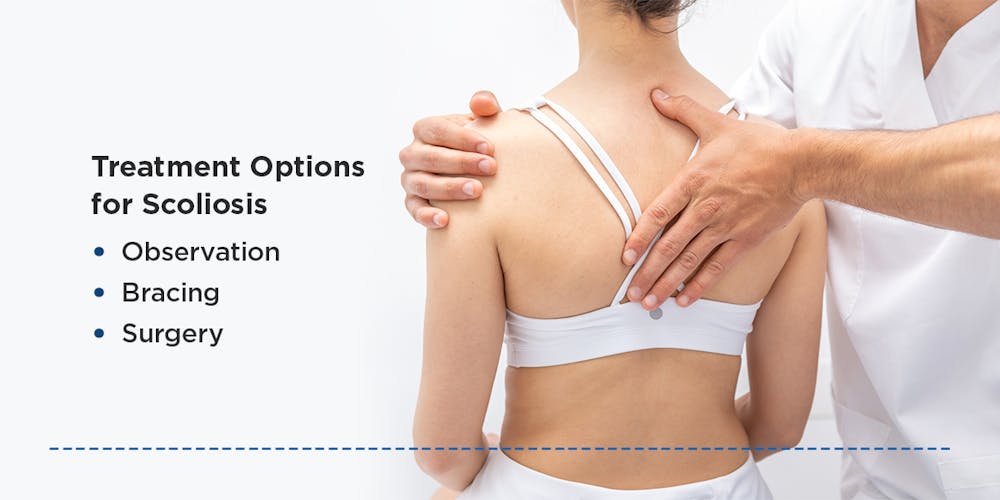Scoliosis can be a challenging condition for children and teens because it can affect appearance and cause discomfort. The good news is that today there are treatment options designed to slow its progression and help young patients get back to participating in activities.
What Is Scoliosis?
Scoliosis is a medical condition that causes the spine to curve unnaturally to one side. It usually affects pre-teens and teens, though degenerative scoliosis can occur in adulthood. Scoliosis can cause a noticeable unevenness in the shoulders or hips or a tilting to one side. In some cases, it can lead to pain or other complications. While scoliosis does not go away on its own, treatment options to correct it are available.

Treatment Options for Scoliosis
Many individuals want to know if scoliosis can be cured, and the answer is complicated. It’s most accurate to say that scoliosis correction is possible, though not every symptom of the condition can be entirely eradicated in all situations. There are three main treatment options for scoliosis:
- Observation: In cases where the curvature of the spine is slight, observation is the most common scoliosis treatment without surgery. This process involves checking the curvature and verifying symptoms every couple of months to ensure the spine’s curvature is not worsening.
- Bracing: As the spine grows, the curvature can increase. If a surgeon determines the spine’s curvature is significant, especially at a younger age, or is progressing rapidly, they may have the patient wear a brace for 16 to 23 hours a day until their spine stops growing. This treatment can prevent the curvature from getting worse and help patients avoid the need for surgery. In some cases, wearing a brace can be combined with physical therapy.
- Surgery: In cases where the curvature is significant, usually 45-50 degrees, scoliosis can get worse and may even lead to complications such as lung issues. In these situations, surgeons may recommend spinal fusion surgery to correct the curvature.
How scoliosis is treated depends on the patient and the condition. In most cases, observation and other non-invasive treatments are suggested first.
Contact New York Spine Institute (NYSI) Today
Whether you have already been diagnosed with scoliosis and want a second opinion or have symptoms and need an accurate diagnosis, NYSI can help. Since 2000, we’ve been treating patients with scoliosis and other musculoskeletal conditions, using cutting-edge treatments and compassionate care. Our board-certified surgeons are experienced with scoliosis treatment.
Learn more about us today or contact us for information about our treatments. You can also schedule an appointment with NYSI.
